Strength Training Recovery: How to Maximize Gains and Avoid Burnout
Strength training isn’t just about what you do in the gym. What you do outside the gym plays a crucial role in your strength journey—especially recovery. Proper recovery can prevent injuries, promote consistent progress, and avoid that dreaded burnout. Let’s break down the best ways to recover effectively so you can maximize gains and stay on track with your fitness goals.
Why Recovery is Essential for Strength Training
After an intense workout, our muscles need time to repair and grow. This is where recovery steps in. Without adequate recovery, we risk overtraining, which can lead to setbacks in performance, fatigue, and even injury. Here’s why you should prioritize recovery:
• Muscle Repair: Strength training causes small tears in the muscles that need time to heal and rebuild.
• Prevents Injury: Proper rest and recovery can prevent strain and stress on your body.
• Improves Performance: Recovery allows for better performance over time, helping you feel stronger and more energized.
Key Recovery Techniques to Enhance Strength Gains
Recovery isn’t a one-size-fits-all, but incorporating a few foundational practices can make a world of difference:
a. Rest Days
Rest days are when your body repairs and rebuilds. Plan at least one full rest day per week to recharge fully. For those new to strength training, start with two rest days.
b. Stretching and Mobility Work
Post-workout stretching and mobility exercises increase flexibility, reduce soreness, and improve muscle function. Incorporate stretches targeting the muscles worked that day, like a 5-10 minute cooldown routine.
c. Foam Rolling
Foam rolling releases tightness in muscles and connective tissues. It can be uncomfortable at first, but using a foam roller for 5-10 minutes after workouts is a game-changer for recovery.
Recovery Strategies Beyond the Workout
Recovery isn’t just about what you do immediately after a workout. It’s a lifestyle:
a. Nutrition and Hydration
Fuel your body with protein, healthy fats, and carbs to support muscle repair. Hydrate throughout the day, especially post-workout, to replace fluids lost during exercise.
b. Quality Sleep
Sleep is when the body does most of its repair work. Aim for 7-9 hours per night, as inadequate sleep can hinder recovery and lead to fatigue.
c. Active Recovery Days
Active recovery days involve low-intensity activities like walking, yoga, or light cycling. They keep blood flowing to the muscles, helping with recovery without the strain of a full workout.
Warning Signs of Overtraining
Knowing the warning signs of overtraining can help you catch burnout before it happens:
• Persistent soreness lasting more than 48 hours.
• Drop in performance or motivation.
• Mood changes, irritability, or increased stress.
• Constant fatigue or trouble sleeping.
If you notice these signs, take a few extra rest days and focus on low-impact activities until you feel ready to return to your usual routine.
Tailoring Recovery to Your Needs
Just as your workouts are customized, so should your recovery routine. Here’s how to approach it:
• Intensity Level: The more intense your workouts, the more time you need for recovery. High-intensity days should be followed by a lighter day.
• Age and Experience Level: As we age, our bodies often require more time to recover. Adjust your recovery days as needed and listen to your body.
Strength training recovery is as crucial as the workout itself. Prioritizing recovery can prevent burnout, keep you injury-free, and help you reach your strength goals faster. Implement these recovery tips and feel the difference in your performance and energy levels.
Remember, the journey to strength isn’t just about lifting heavier weights; it’s about maintaining a balanced approach to training and recovery for long-lasting results!
